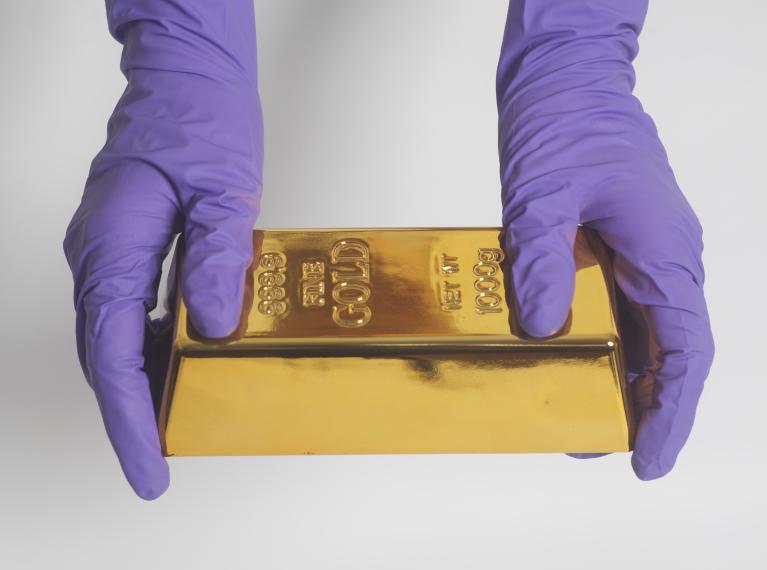A Golden Opportunity to Fight Climate Change

University of Guelph researchers create gold-based nanomaterials that can reduce atmospheric carbon dioxide.
Even a modest 1oC increase of the Earth’s average temperature could drastically change the world as we know it. It would melt Arctic ice, raise sea levels, reduce crop yields, as well as increase the prevalence of extreme weather events and forest fires. Since 1975, the average global temperature has been increasing by about 0.15-0.20oC per decade. Scientists agree that the primary culprit of this global warming is rising carbon dioxide (CO2) levels in the atmosphere. The concentration of atmospheric CO2 has been increasing rapidly since the Industrial Revolution. Now, scientists are looking to mitigate climate change by finding a way to extract CO2 out of the atmosphere.
University of Guelph chemistry professor Aicheng Chen and his research team may have found a solution to this problem—by converting CO2, one of the primary greenhouse gases, into carbon monoxide (CO), which is a chemical that is useful for several industrial processes. Currently available technologies that can convert CO2 to CO are expensive and not very efficient.
Chen and his team believe that gold could be used to overcome these challenges, but it may depend on the structure of the gold. They compared the effectiveness of three forms of gold in converting CO2 to CO: gold with a smooth surface, a combined gold and zinc structure with very small pores (i.e. nanoporous), and gold with slightly larger pores. The team found that the nanoporous gold was over 150 times better at converting CO2 to CO compared to the smooth gold, because its larger surface area had more active sites where electrochemical reactions could take place.
“We can use this new, highly efficient nanoporous gold material to convert captured CO2 into useful products such as CO, thereby reducing the amount of CO2 in the atmosphere,” says Chen. “Solutions like this one will play a critical role in slowing the progression of climate change.”
This work was supported by the Natural Sciences and Engineering Research Council of Canada (NSERC).
Aicheng Chen is a Tier 1 Canada Research Chair in Electrochemistry and Nanoscience.
Hossain MN, Liu Z, Wen J, Chen A. Enhanced catalytic activity of nanoporous Au for the efficient electrochemical reduction of carbon dioxide. Appl. Catal., B. 2018. doi:10.1016/j.apcatb.2018.05.053